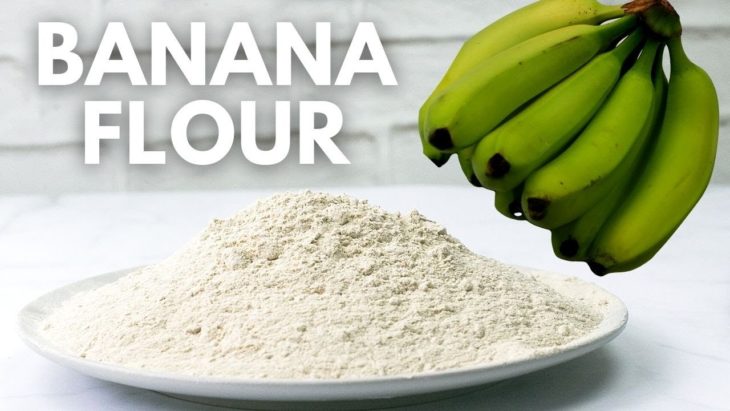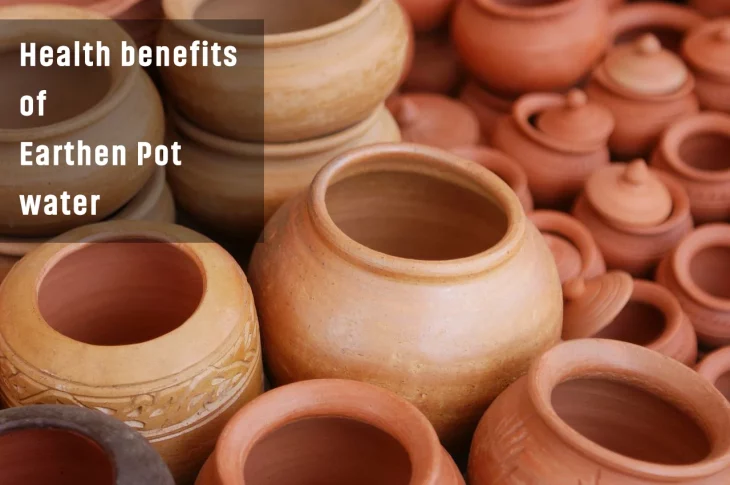Introduction
The journey to recovery from drug addiction is unique for every individual. A crucial aspect of this journey is the adoption of harm reduction strategies in drug rehabilitation. These approaches are designed to minimize the negative consequences of drug use, providing a safer path towards recovery. This blog explores various harm reduction techniques and how they contribute to effective drug rehabilitation.
Understanding Harm Reduction
Harm reduction is a set of practical strategies aimed at reducing negative consequences associated with drug use. It’s not about endorsing drug use but about recognizing that abstinence might not be a feasible goal for everyone at the outset. The primary focus is on decreasing the health and social harms without necessarily eliminating substance use.
Key Strategies
- Safe Use Education: Educating individuals on safer drug use practices can significantly reduce the risks associated with substance abuse. This includes knowledge about cleaner methods of consumption and understanding the potency of substances.
- Access to Clean Supplies: Providing clean needles and other supplies helps prevent the spread of infectious diseases like HIV and hepatitis among drug users.
- Substance Testing Kits: These kits allow users to test the purity of substances, reducing the risk of overdose from unknown or potent drugs.
- Overdose Prevention Education: Training on recognizing and responding to overdoses, including the use of naloxone, a medication that can rapidly reverse an opioid overdose.
- Supportive Services: Offering mental health support, counseling, and other services to address the underlying issues related to substance use.
The Role of Supportive Environments
Supportive environments, such as a sober living home, play a pivotal role in harm reduction. These environments offer a safe and drug-free space, fostering a sense of community and belonging, which is vital for individuals in recovery. They also provide structure and stability, which can be a foundation for long-term sobriety.
Integrating Harm Reduction in Rehab
Incorporating harm reduction strategies into drug rehab programs involves a shift from a solely abstinence-based approach to a more inclusive one. It means recognizing and respecting the individual’s current stage in their recovery journey.
Emphasizing Personalized Care
Each person’s path to recovery is different. Personalizing care to include harm reduction strategies can make rehab more accessible and less intimidating for those not ready for complete abstinence. Tailoring treatment to individual needs can significantly improve outcomes.
Building Trust and Respect
A harm reduction approach is grounded in respect for the individual’s choices. By acknowledging their autonomy and working with them rather than against them, rehab centers can build trust, which is crucial for effective treatment.
Conclusion
Harm reduction strategies in drug rehab signify a compassionate and realistic approach to addiction treatment. By reducing the risks associated with drug use and supporting individuals in their unique recovery journeys, these strategies play an essential role in effective rehabilitation. Integrating harm reduction into drug rehab programs, coupled with supportive environments like sober living homes, can create a more inclusive, respectful, and ultimately successful path to recovery.
For more in-depth information on harm reduction strategies, consider exploring resources from authoritative organizations such as The Harm Reduction Coalition and The National Institute on Drug Abuse. These resources offer valuable insights and further reading on this vital aspect of addiction treatment.












You must be logged in to post a comment.